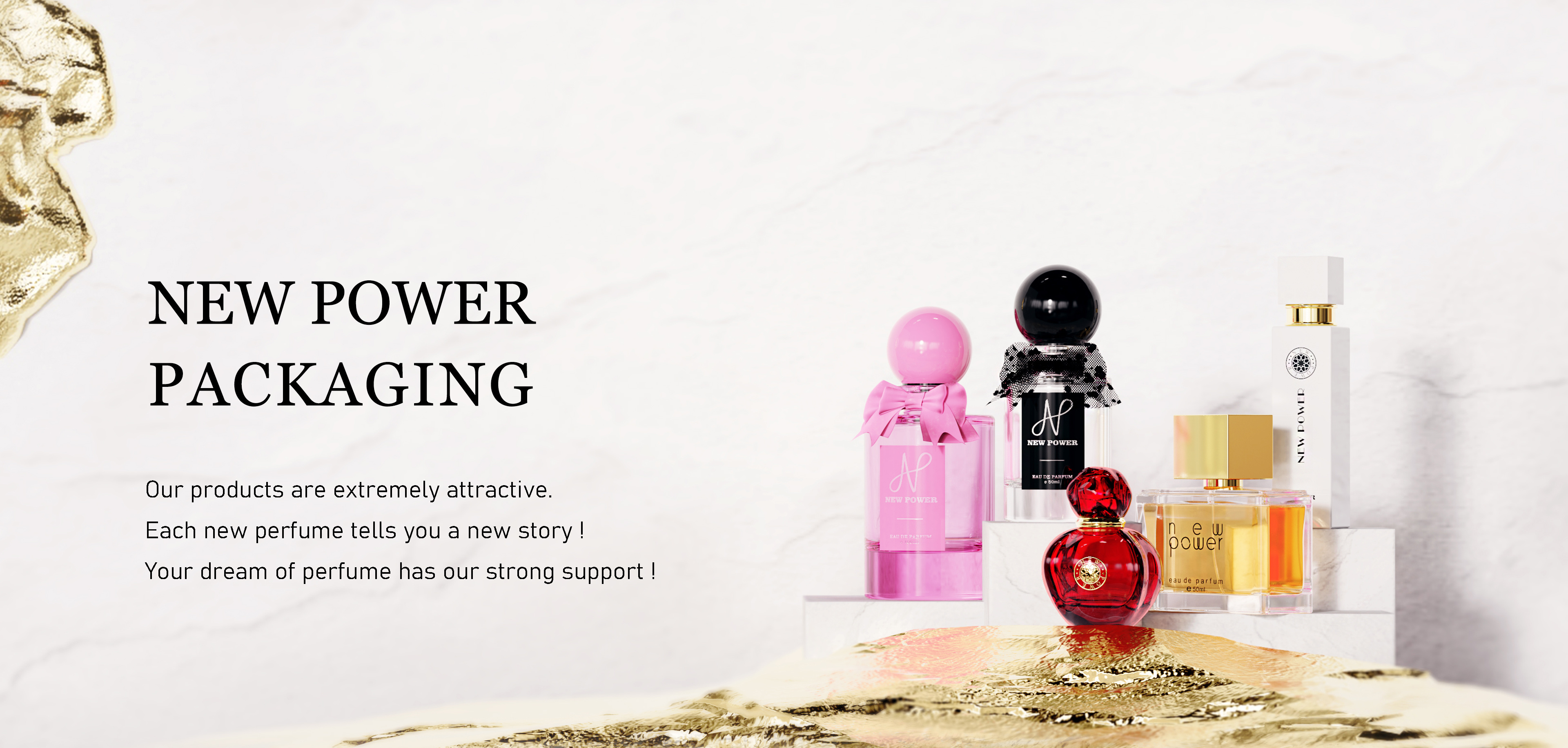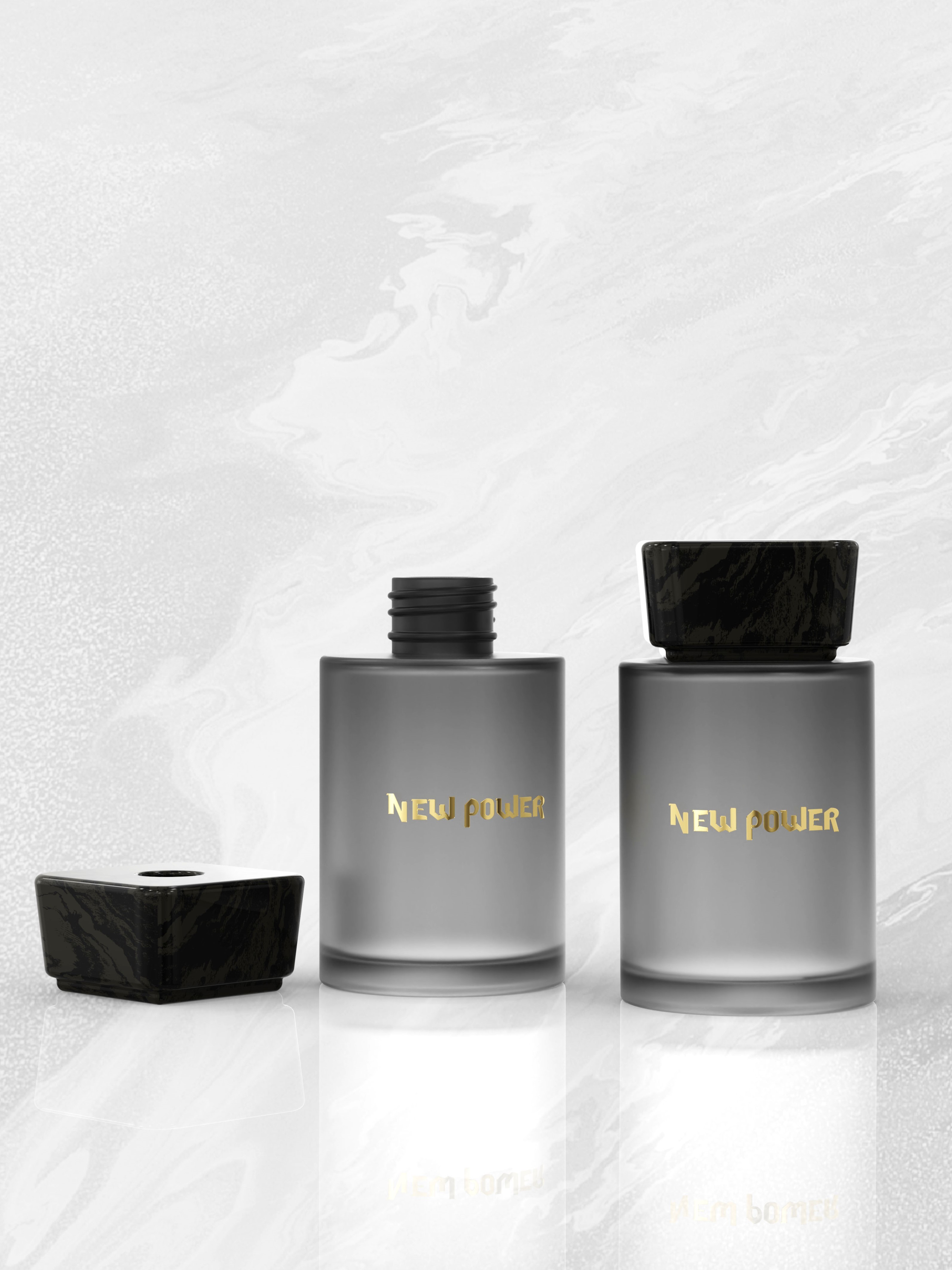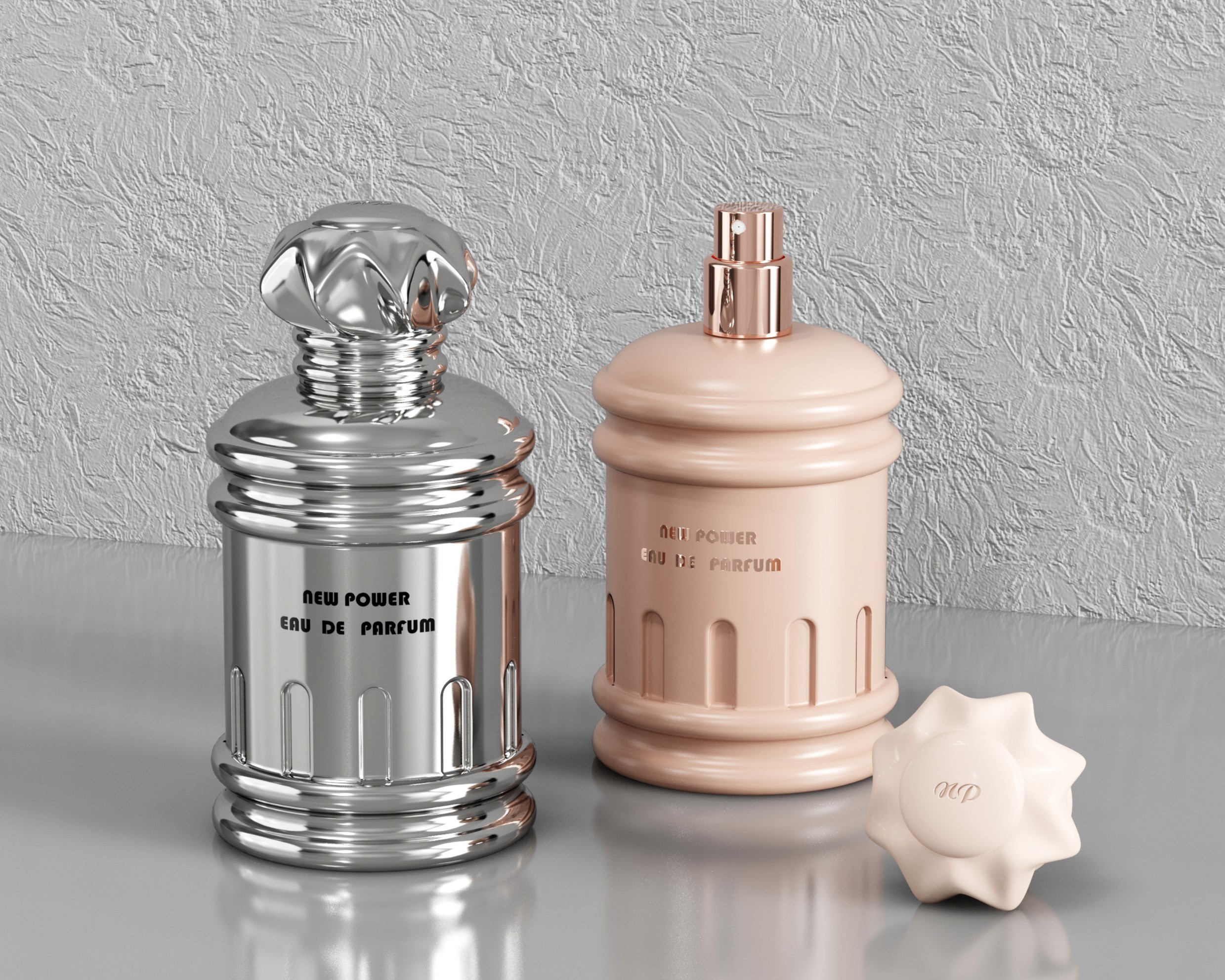Aromatherapy bottle design: solidified olfactory poetry
Time:
2025-07-21
Aromatherapy bottle design: solidified olfactory poetry
In a room where light and shadow flow, a quietly standing aromatherapy bottle is not just a container. It is a cross-border artwork of smell and vision, a silent narrator of spatial aesthetics, and a sensory puzzle woven by designers with materials, lines, and light and shadow. When the aroma molecules pass through the bottle mouth, every curve of the bottle participates in this olfactory dance, and the design codes hidden in the glaze and texture are quietly rewriting people's inherent understanding of "containers".
Glass is the most expressive material in the design of aromatherapy bottles. The craftsmen on the island of Murano in Italy are skilled at blending metal oxides into molten glass, allowing transparent materials to grow a gradient rainbow like sunset. They use the century old "Thousand Flowers Craftsmanship" to melt colored glass strips into sticks, and then cut them into fragments with cross sections like kaleidoscopic tubes, which are embedded in the texture of the bottle body. When the warm light of the aromatherapy lamp passes through these glass fragments, the wall will project flowing light spots, as if bringing the Mediterranean starry sky into the room. Japanese craftsmen, on the other hand, prefer the "matte finish" technique, which gently corrodes the glass surface with hydrofluoric acid to create a slightly cool frosted texture that feels like morning dew when touched. Paired with a minimalist cylindrical bottle body, the fragrance of white sandalwood is further enhanced by Zen in the hazy light and shadow.
Ceramic aromatherapy bottles always carry the temperature of soil. The celadon aroma bottles in Jingdezhen continue the Song Dynasty's pursuit of "blue after rain" glaze color. Craftsmen add trace amounts of iron elements to the glaze, and after being fired at a high temperature of 1300 ℃, the bottle body will appear with ice like patterns, each fine pattern is unique, like a sweet spring gushing out after the earth cracks. These patterns are not only decorations, but also breathing channels for fragrance - when aromatherapy essential oils slowly penetrate along subtle cracks, they leave varying shades of color changes on the bottle body, making the container a recorder of fragrance flow. Nordic designers often use rough pottery to create aromatherapy bottles, intentionally retaining the fingerprint marks from hand drawn blanks, and pairing them with matte white glaze to complement the lavender scent and the simplicity of the clay, as if they were in a small field house in Provence.
The intervention of metal materials has injected the possibility of spatiotemporal dialogue into aromatherapy bottles. The bottle made of brass will gradually oxidize over time, forming varying shades of copper green, like abstract paintings drawn by nature. Designers often combine brass with glass and use metal lines to outline the shape of the bottle, retaining the transparency of the glass while adding a sense of metal heaviness. The collision of this material seems to be a dialogue between classical and modern, making the aromatherapy bottle both aged and fashionable. Silver aromatherapy bottles are even more luxurious. Craftsmen use chiseling techniques to create exquisite patterns on the bottle body. Each pattern is carefully designed, not only beautiful, but also produces unique light and shadow effects under the illumination of light, adding a noble and elegant touch to the indoor space.
The design of the aromatherapy bottle is a dual tribute from the designer to nature and geometry. Singaporean designer Nguyen's "Leaf Vein Series" transforms the plant veins under the microscope into bottle body lines, and the raised tendons on the frosted glass naturally stretch with the curvature of the bottle body, retaining the biological rhythm of the leaves while forming a geometric order through symmetrical cutting. When the aromatherapy steam rises along the veins, it feels like the entire bottle is breathing. The "liquid metal" series of the Dutch design team challenged the boundary of static modeling - they heated the metal sheet to a critical state, making the bottle body naturally wrinkled like a solidified wave. The irregular bottle mouth design broke the traditional symmetrical aesthetics, but unexpectedly made the aroma diffusion more layered. The top note citrus aroma burst along the sharp corners, and the base note wood aroma slowly released in the depression.
The competition of craftsmanship details is hidden between millimeters. The "enamel inlay" technique inherited by Venetian craftsmen requires embedding 0.1 millimeters of gold wire on a copper bottle, filling it with twelve types of mineral glazes, and undergoing eight kiln transformations to present the luster of a church stained window. This technique not only keeps the color of the bottle fresh over time, but also creates a dynamic effect with the pattern outlined by gold wire changing with the angle of light, as if a miniature starry sky is sealed inside the bottle. The Japanese "Le Shao" technique, on the other hand, deliberately preserves the dust marks from the wood burning process, leaving the rough pottery bottle covered in naturally formed ice cracks. These seemingly random flaws are actually the result of careful calculation by the designer - the depth of each crack has been tested to ensure that it can absorb the appropriate amount of essential oils, allowing the aroma to slowly evaporate in dry seasons and remain restrained in humid weather.
The design of aromatherapy bottles always seeks a balance between functionality and poetry. The classic oval bottle body of French brand Diptyque may seem simple, but it has actually undergone aerodynamic testing: the 37 degree inclination angle of the bottleneck can guide the aroma to spread along a spiral trajectory, avoiding olfactory fatigue caused by direct blowing; The slightly convex design at the bottom of the bottle allows for subtle changes in the amount of aroma released when the bottle is slightly shaken on the table, as natural as breathing. The British designer Tom Dixon's "Lava Series" further integrates functionality into aesthetic expression - the bottle body made of porous volcanic rock is itself an aromatherapy carrier. The designer deliberately retains the natural hole structure of the rock, allowing aromatherapy molecules with different molecular weights to form a "olfactory maze" in the pores. The top note, middle note and tail key are released according to their respective paths, creating a constantly changing olfactory experience over time.
When aromatherapy bottles are elevated from practical containers to artistic installations, they carry more than just fragrance. The design philosophy condensed in materials, shapes, and craftsmanship is actually a designer's redefinition of "perception" - allowing the visual touch to perceive the shape of the scent, allowing the tactile sense to hear the frequency of the aroma, and allowing the olfactory sense to see the soul of the material. Perhaps it is this cross sensory synesthesia design that allows a small aromatherapy bottle to become an emotional regulator of space, quietly reshaping the way people interact with their environment and themselves amidst the flow of light and shadow.





